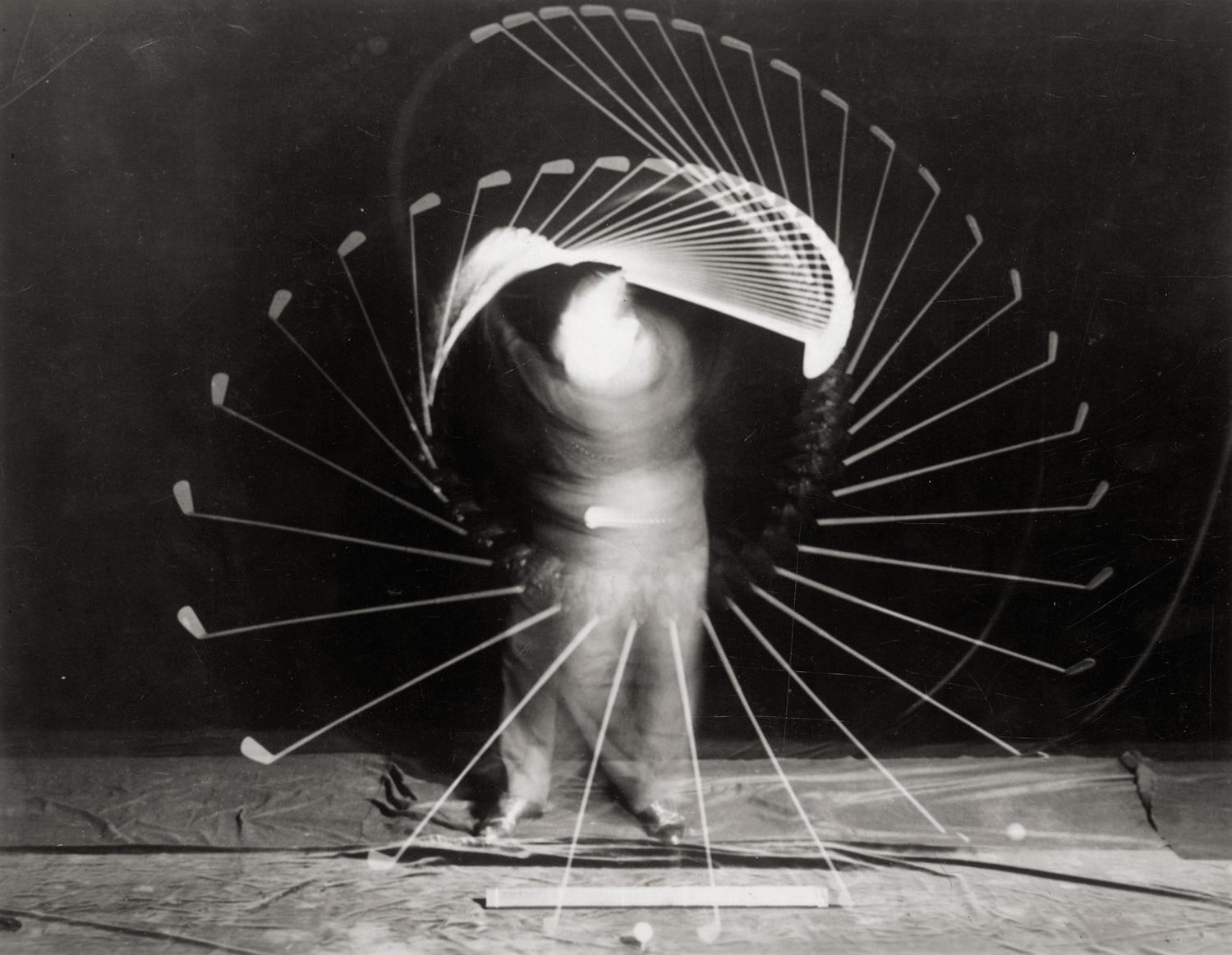Most of the stuff on this blog, and almost everything you see on YouTube, is about one thing: how to hit the golf ball. And you go to the practice range to practicing hitting the golf ball. You need to do that. It’s important.
But golf is not about the shots you hit. You can hit good shots and still not be able to score. Golf is a game you play, and you have to know how to play the game to shoot low scores.
In his book, The Elements of Scoring, Raymond Floyd says “if somehow I was given your physical (golf) game and we had a match I would beat you 99 times out of 100 because I know how to play the game better than you do.”
I read a interview with from Miller Barber in which he mentioned leaning when he got on the tour. He said he got lots of help on how to manage his game, shot selection, course management. “I thought I knew how to play, but I didn’t.”
I’m not going to say that if you learn how to play the game you could save X number of shots because I don’t know what that number would be. But I know you would save more than you think you would.
There’s a guy on YouTube called the Golf Sidekick. He’s South African and somehow he’s playing golf in Southeast Asia and if you haven’t seen his videos, you should, because how to play the game is all that they’re about. He gives you hardly any instruction on how to hit shots. It’s all about how to play the game.
How to play the game is a huge subject and I’m not going to go into that here. I’ll give you two teasers.
I have posts here and here on the number one game playing flaw of a recreational golfers. You never use enough club to get to the green. You always think you can hit it farther than you actually end up doing, and those posts will explain that.
The other major part of knowing how to play the game is knowing how to play from different lies. The first thing you do assess your lie to determine what kind of a shot you need to/can hit. Distance is probably the last thing you want to check.
Don’t be content with being a golfer. Move up to being a player.

